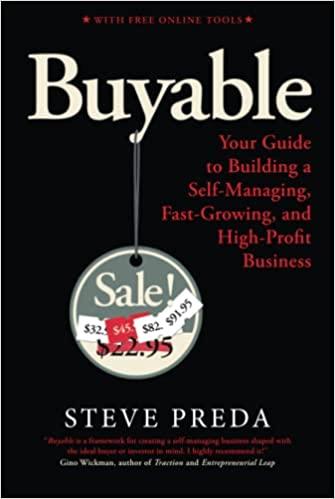a Christensen & Assoc. is developing an assetfinancing plan. Christensen has s500000 in current assets, of which 15% are and S700,000 in fixed assets. The current longtemarateis 11% and the cument shon-term rate iss5%.Chritensens tax rate is a) Construct two financing plans-one conservative, with 80% assets financed by long-term sources, and the other aggressive, with only60% of assets financed by longterm b) camings before interest and taxes are S325,000, calculate net each alternative. income under e)What are some of the risks associated with cach plan? Which plan would you recommend to Christensen? Why? Plan B Plan A C conservatire) 40% 240,000 ont term 20% Co $720 EBIT $325,000 t 325 ooo s hent tem 2.5% 20,000 79,20 term 117, 10 40% 79 123 11,40 Net Income b Assume that Atlas Sporting Goods, Inc. has S800.000 in assets. If it goes with a low- liquidity plan for the assets, it can eam a retum of 15 percent, but with a high-liquidity plan the retum will be 12 percent. the fim goes with a short-term financing plan, the financing costs on the S800,000 will be8 percent, and with a long-term financing plan, the financing costs on the S800,000 will be 10 percent. (Review Table 6-1Ifor parts a b,and e of this problem.) a. Compute the anticipated retum afher financing costs with the most aggressive asset b, Compute the anticipated return after financing costs with the most conservative asset- financing mix. c. Compute the anticipated retum after financing costs with the two moderane approaches to the asset-financing mix. d If the firm used the most aggressive asset-financing mix described in part aand had the return you computed for pan a, what would eamings per share be ifthe tax rate on the anticipated returm was 30 percent and there were 20,000 shares outstanding? Now assume the most conservative asset-financing mix described in part b will be utilized. The tax rate will be 30 percent. Also assume there will only be 5,000 shares outstanding. What willeamings per share be? Would it behigher or lower than the camingsper share computed for the most aggressive plan computed in part a Christensen & Assoc. is developing an assetfinancing plan. Christensen has s500000 in current assets, of which 15% are and S700,000 in fixed assets. The current longtemarateis 11% and the cument shon-term rate iss5%.Chritensens tax rate is a) Construct two financing plans-one conservative, with 80% assets financed by long-term sources, and the other aggressive, with only60% of assets financed by longterm b) camings before interest and taxes are S325,000, calculate net each alternative. income under e)What are some of the risks associated with cach plan? Which plan would you recommend to Christensen? Why? Plan B Plan A C conservatire) 40% 240,000 ont term 20% Co $720 EBIT $325,000 t 325 ooo s hent tem 2.5% 20,000 79,20 term 117, 10 40% 79 123 11,40 Net Income b Assume that Atlas Sporting Goods, Inc. has S800.000 in assets. If it goes with a low- liquidity plan for the assets, it can eam a retum of 15 percent, but with a high-liquidity plan the retum will be 12 percent. the fim goes with a short-term financing plan, the financing costs on the S800,000 will be8 percent, and with a long-term financing plan, the financing costs on the S800,000 will be 10 percent. (Review Table 6-1Ifor parts a b,and e of this problem.) a. Compute the anticipated retum afher financing costs with the most aggressive asset b, Compute the anticipated return after financing costs with the most conservative asset- financing mix. c. Compute the anticipated retum after financing costs with the two moderane approaches to the asset-financing mix. d If the firm used the most aggressive asset-financing mix described in part aand had the return you computed for pan a, what would eamings per share be ifthe tax rate on the anticipated returm was 30 percent and there were 20,000 shares outstanding? Now assume the most conservative asset-financing mix described in part b will be utilized. The tax rate will be 30 percent. Also assume there will only be 5,000 shares outstanding. What willeamings per share be? Would it behigher or lower than the camingsper share computed for the most aggressive plan computed in part







